Against black boxes. Design & artificial intelligence
Anthony Masure (Head of Research, HEAD–Geneva)
Basel, Institute of Experimental Design and Media Cultures (IXDM), Critical Media Lab
February 5, 2020
Summary
Although the concept of “artificial intelligence” (AI) is an old one, its presence is constantly growing, whether in medias, pop culture, or everyday objects. In the 2010's, the power of “self-learning” systems, those of deep learning, is related to unintelligible architectures (black boxes). These AIs progressively could replace tasks commonly assigned to designers. In this process, there is a risk that design becomes nothing more than an automated way of doing things and services, and that of formatting human experiences. How are these issues addressed by designers? What can design do “with” artificial intelligence?

HEAD–Geneva, new campus, 2017
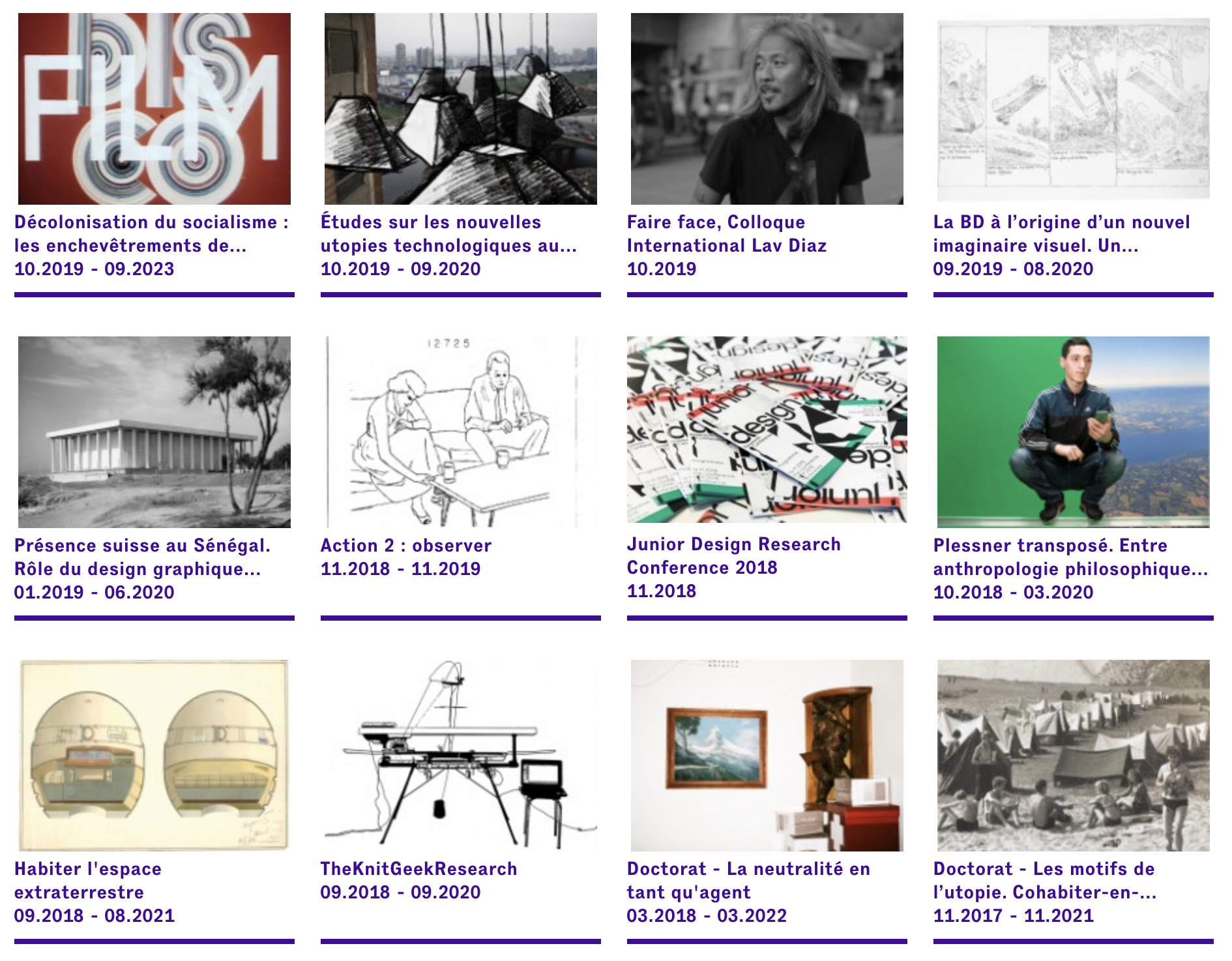
Institut de Recherche en Art & Design (Irad), HEAD–Geneva
1 —
Personal background
1.1 —
Program design
Design PhD thesis
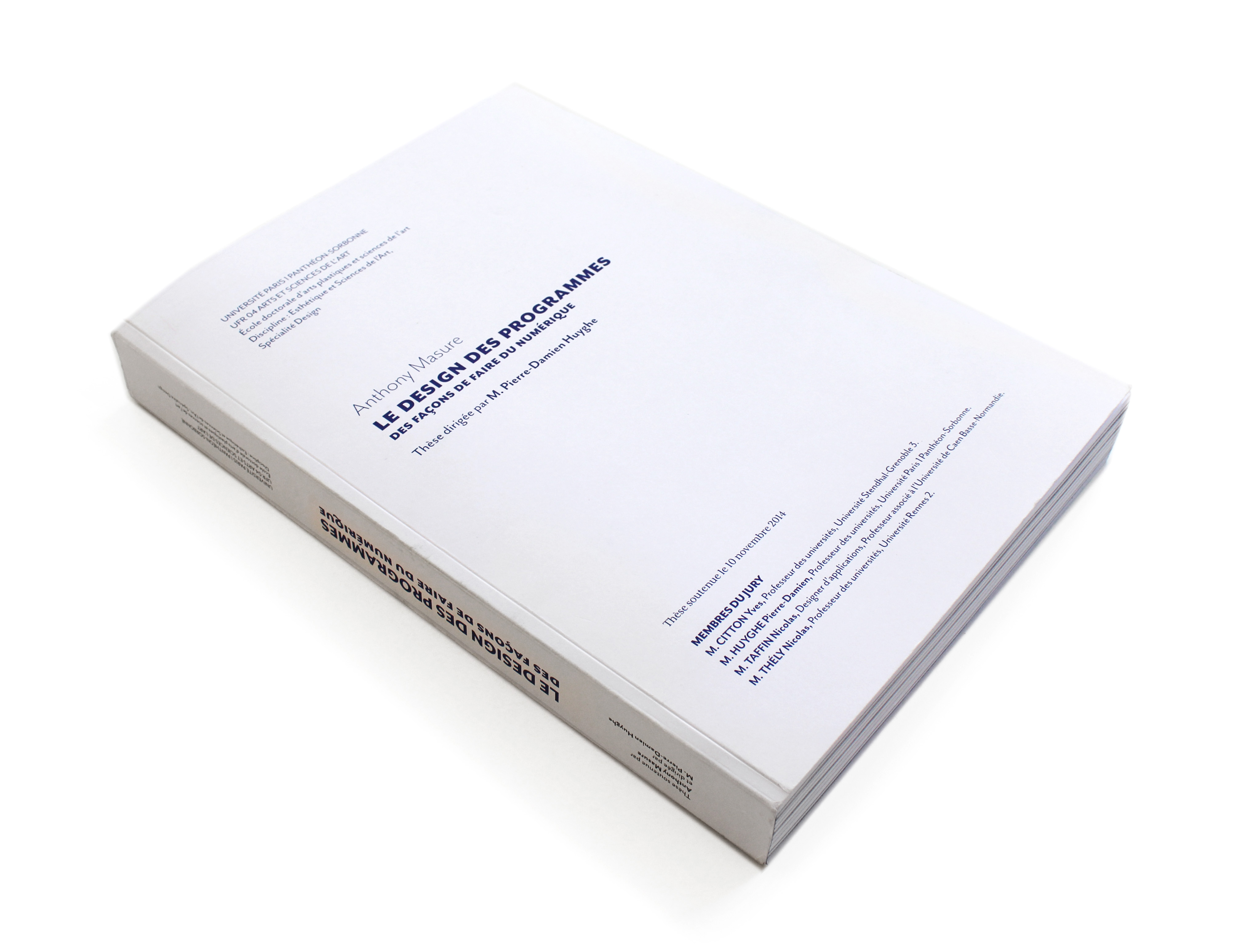
Program design. Ways to go digital
Design PhD thesis, univ. Paris 1 Panthéon-Sorbonne, 2008-2014
PhD thesis problem
How does creative software restrict or increase
creative possibilities?
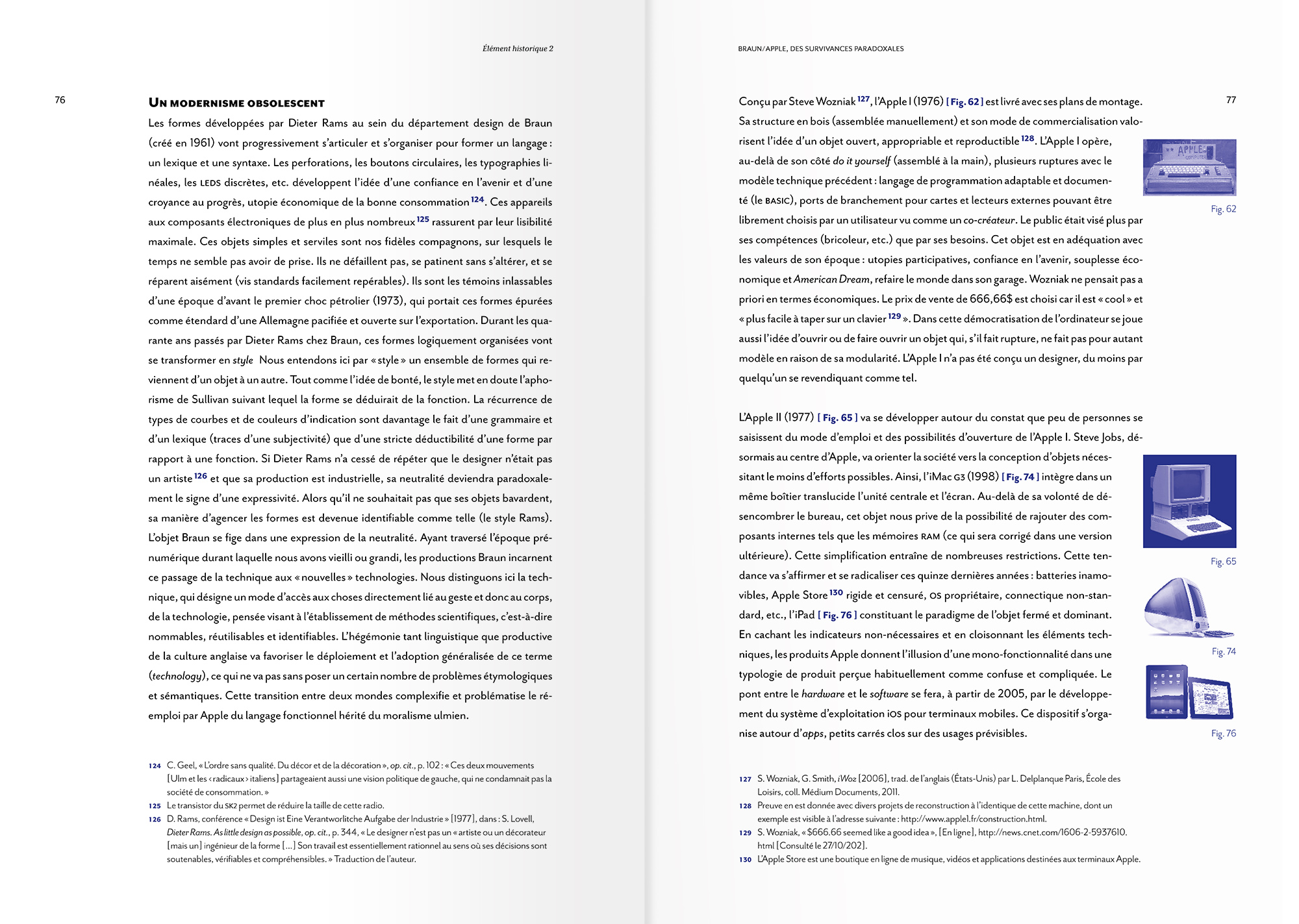
Program design, double page
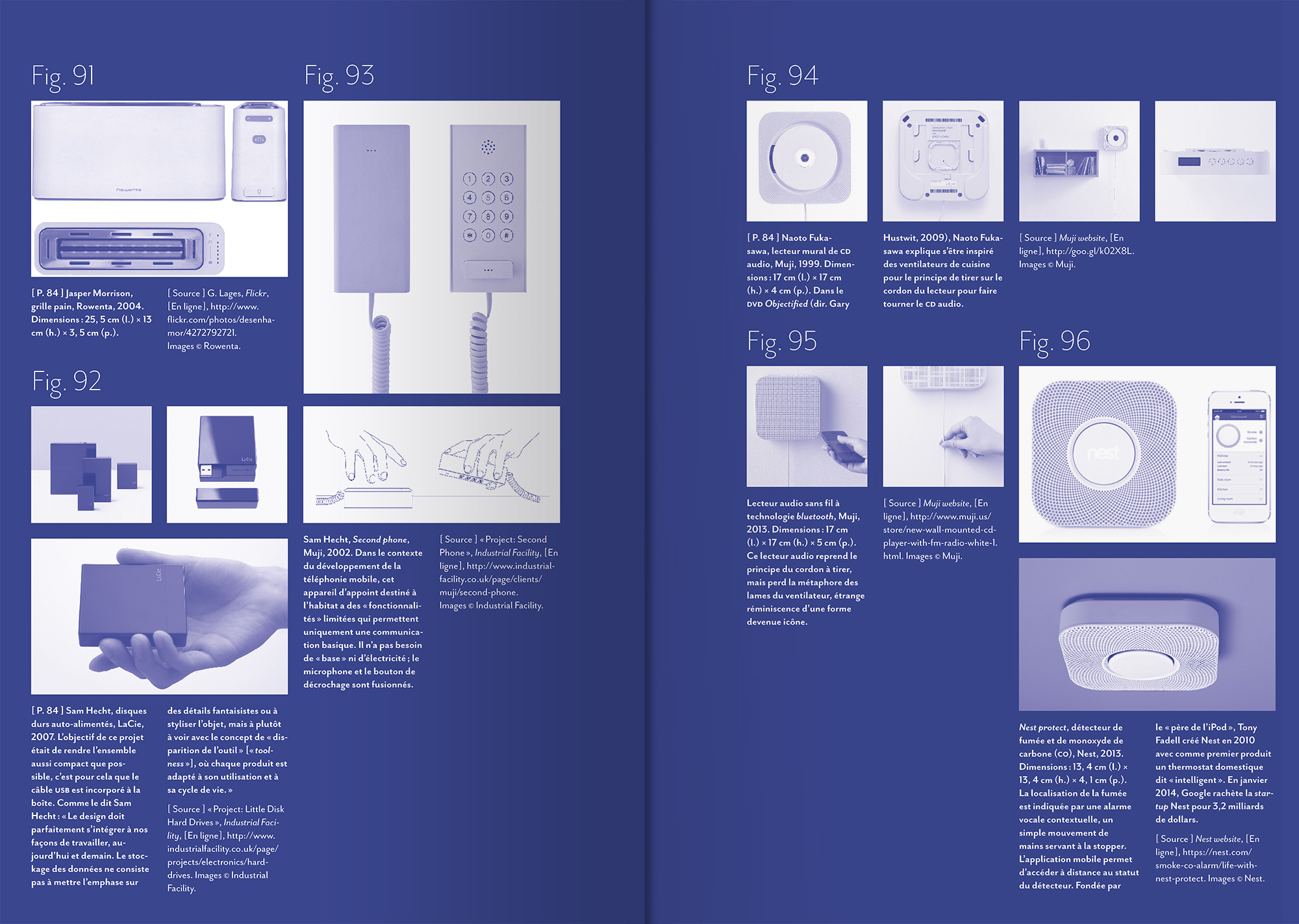
Program design, set of images
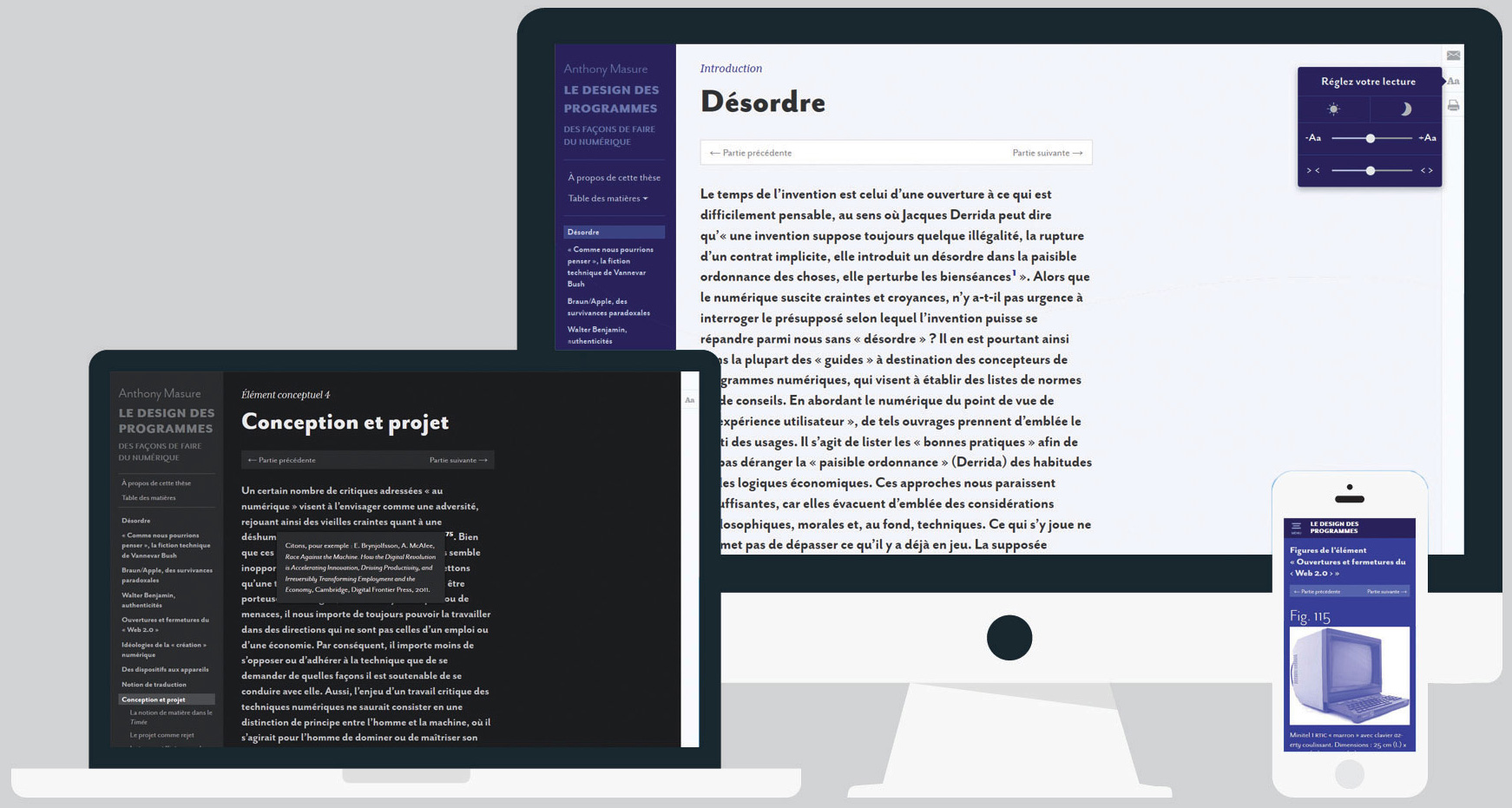
Dedicated website: www.softPhD.com (PHP / CSS / JS), 2014
Dedicated website: www.softPhD.com (PHP / CSS / JS), 2014
1.2 —
Back Office journal
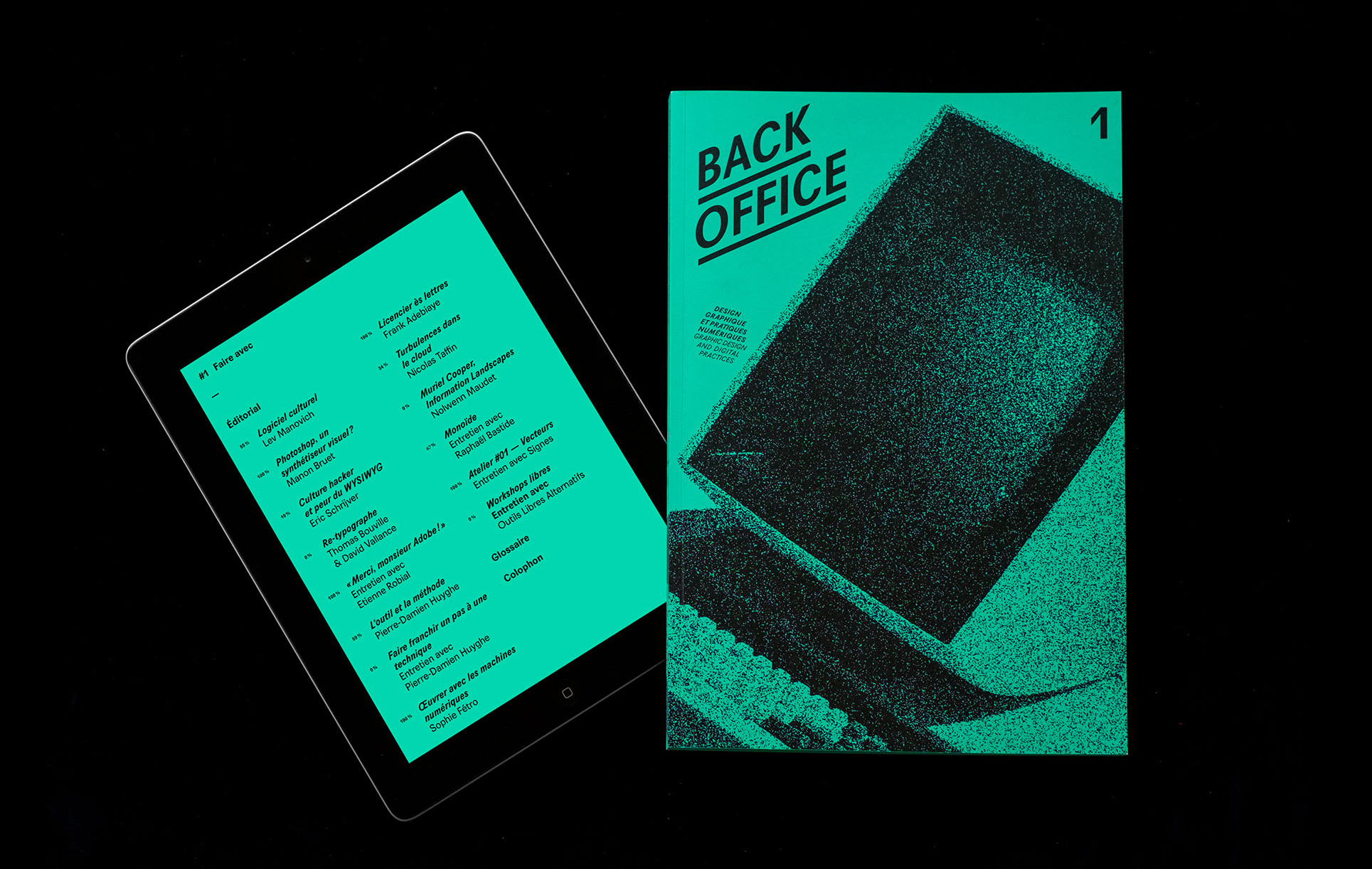
Research journal Back Office
Issue #1, “Making Do, Making With,” graphic design E+K, ed. B42, 2017
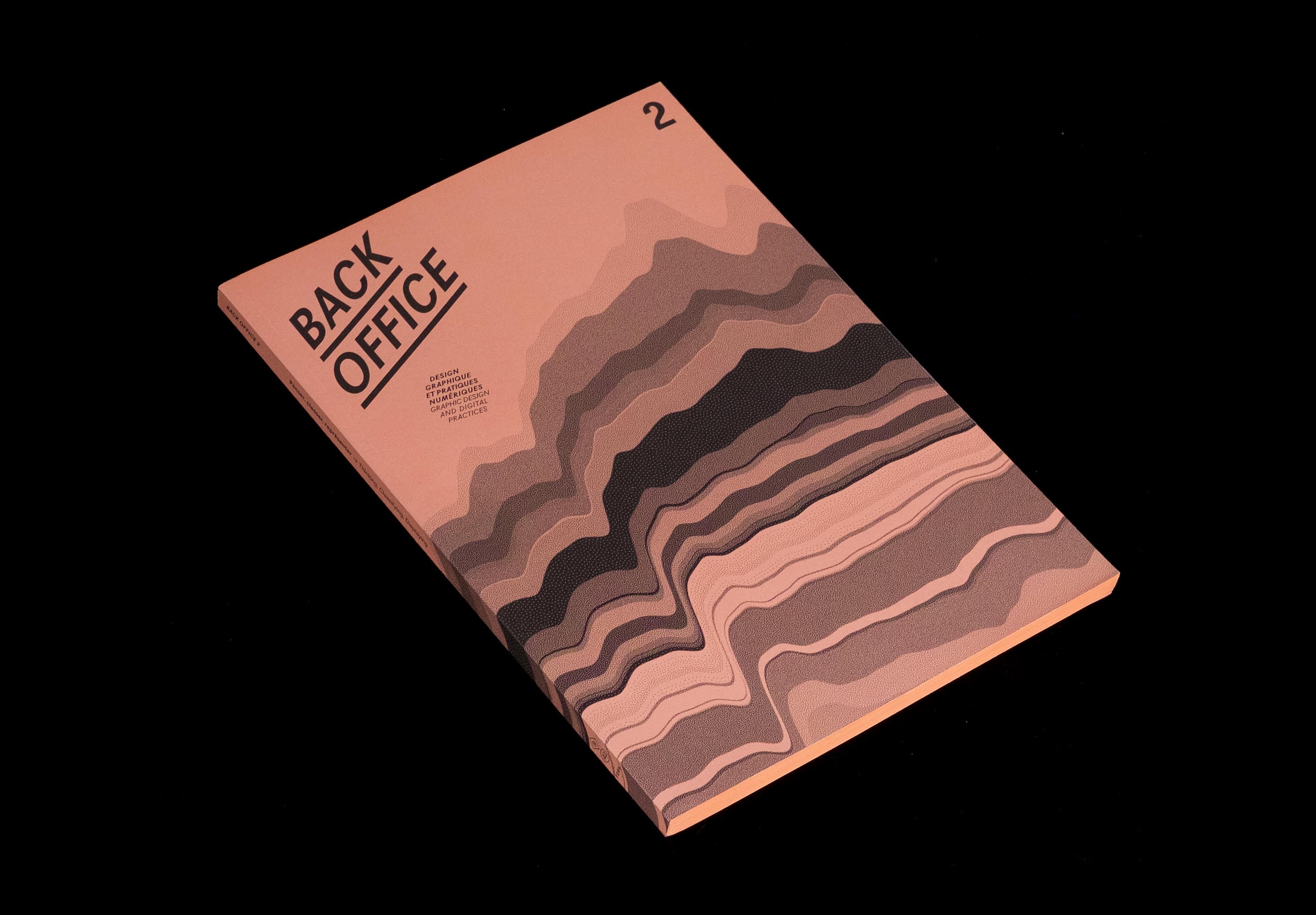
Research journal Back Office
Issue #2, “Thinking, Displaying, Classifying,” graphic design E+K, ed. B42, 2018
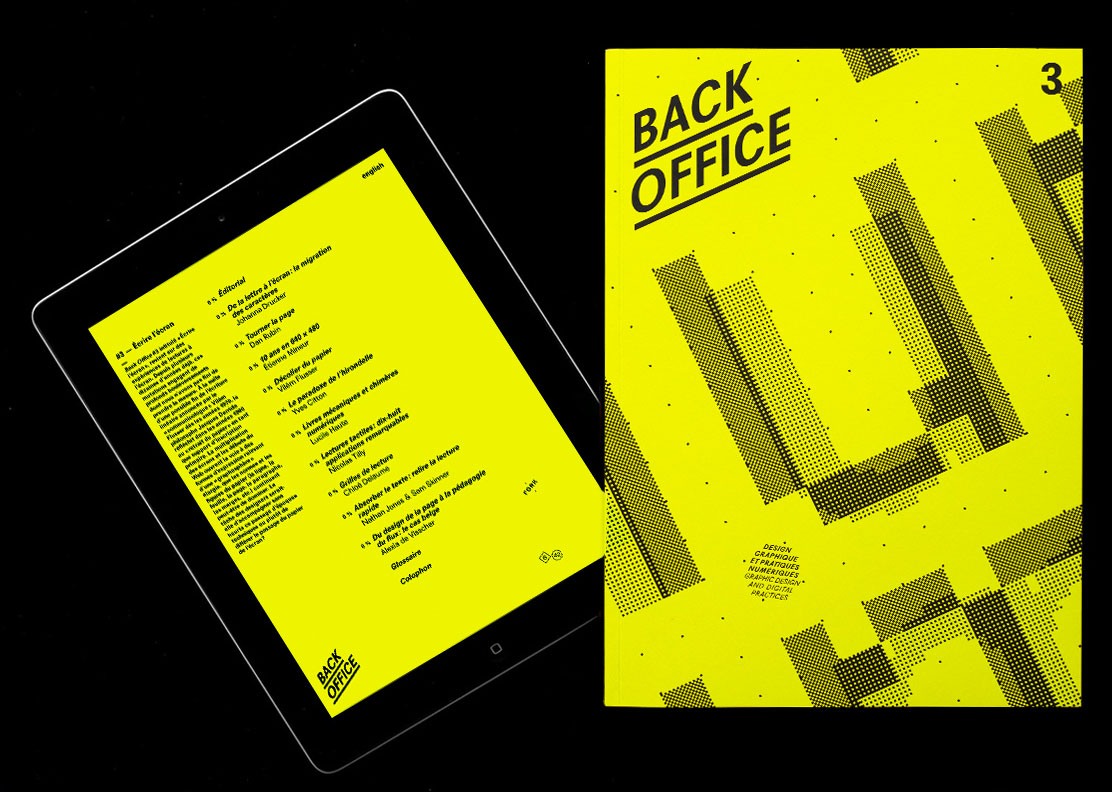
Research journal Back Office
Issue #3, “Writing the Screen,” graphic design E+K, ed. B42, 2019
Back Office journal, online glossary
1.3 —
Design and
Digital Humanities
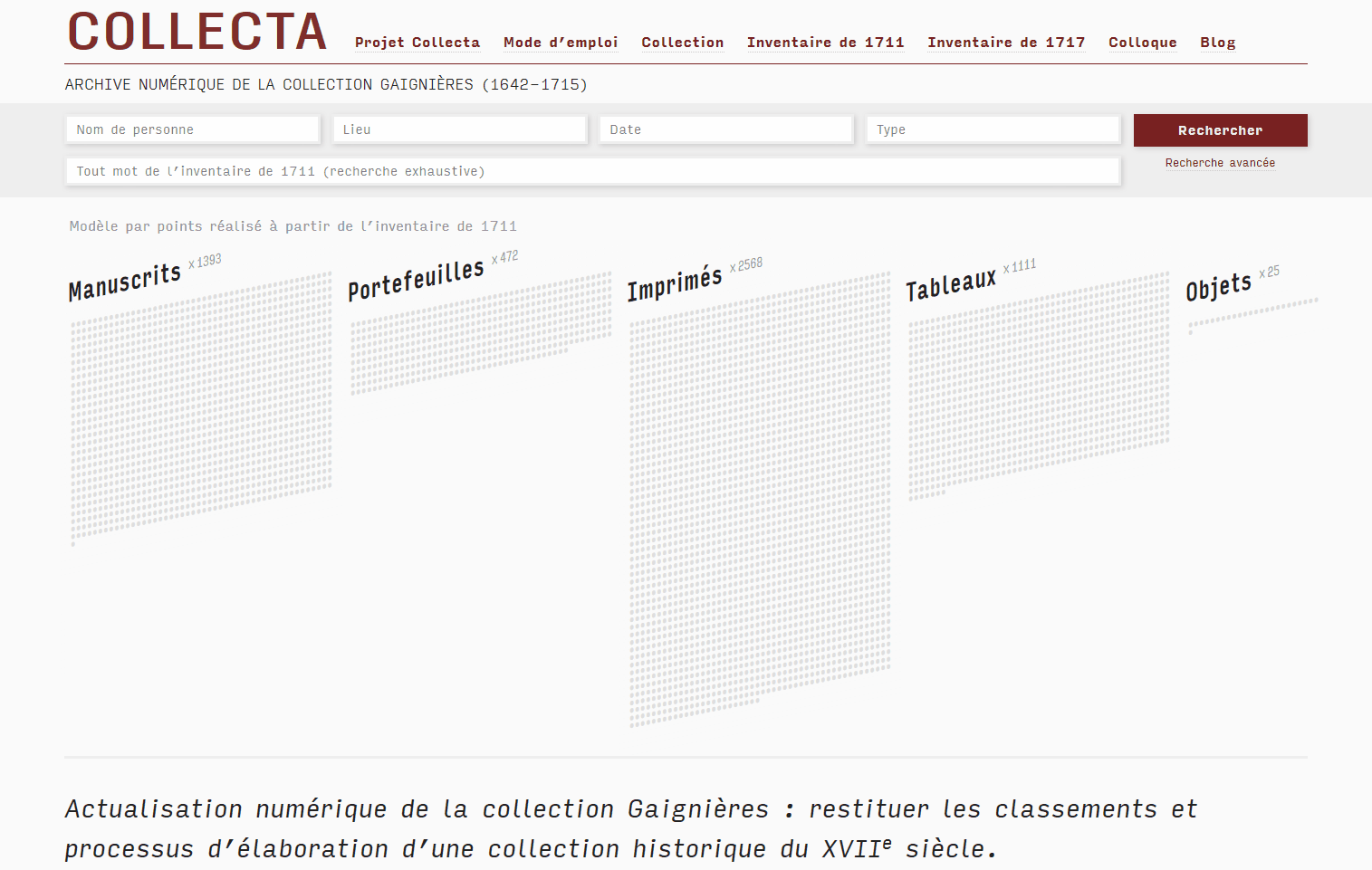
Interface design of the online archive Collecta.fr (lead S. Fétro & A.-R. Guilbert), 2014–2018

Essay Design and Digital Humanities, Paris, graphic design DeValence, ed. B42, 2017
Essay problem
- How do contemporary digital environments update the ways in which knowledge is produced and transmitted?
- What is the place of designers in human and social sciences projects?
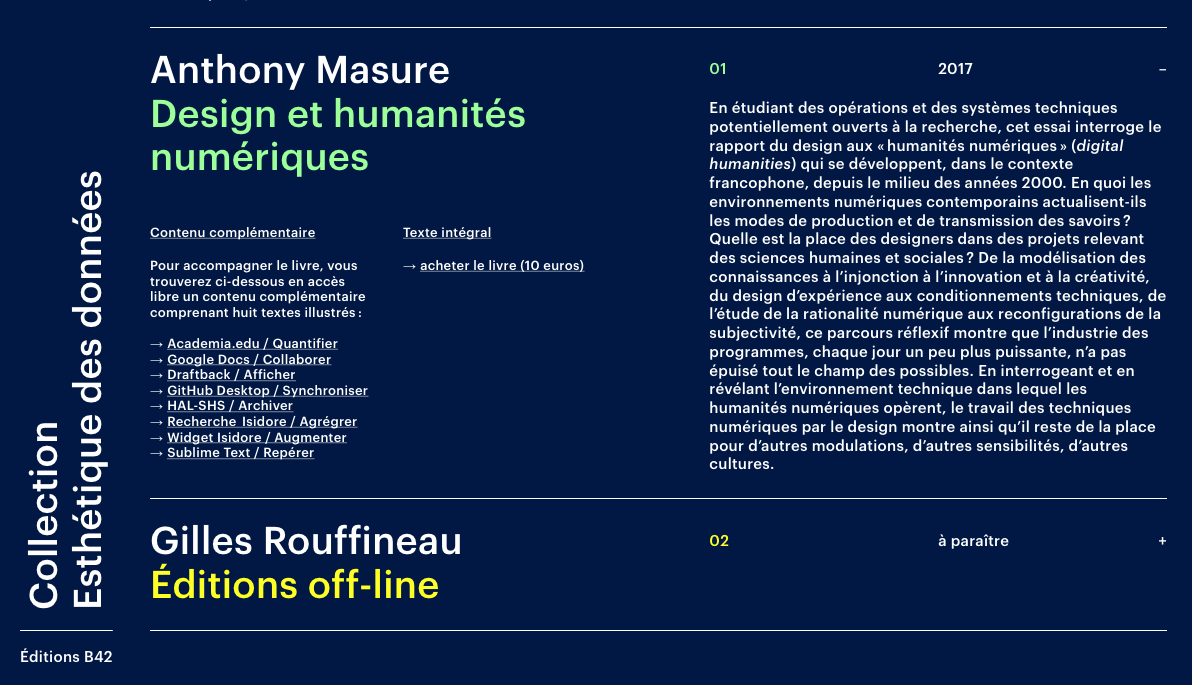
Website EDD (interface design E+K), homepage
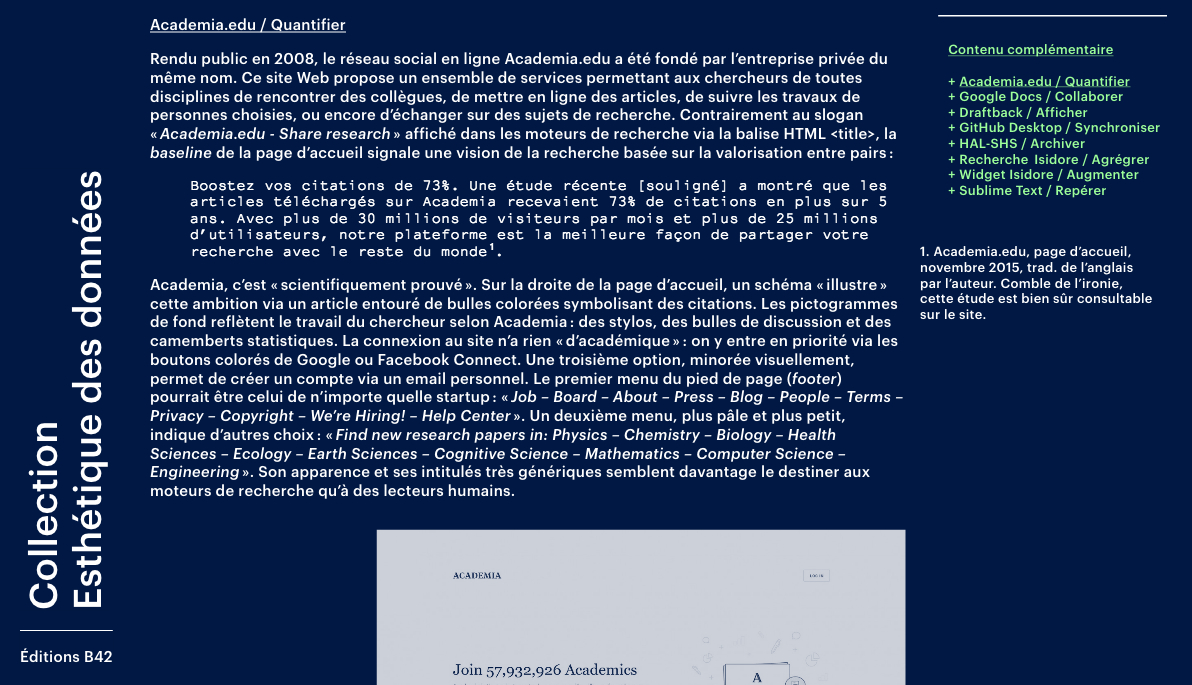
Website EDD (design E+K), additional contents and iconography
1.4 —
Current and future research
Personnal website: AnthonyMasure.com
Current Research
- Design & Voice assistants
- Design & Blockchain
- Design & IA
- Forms and formats of research
Future Research: Interface Design & Mental disorder
With Alexandre Saint-Jevin, researcher and psychologist
- Study psychological theories in digital design
- Develop a psychological dimension of software studies
- Free interface design from a psychopathologizing dimension
2 —
Black boxes
2.1 —
How deep learning works

Garry Kasparov VS IBM Deep Blue, 1997
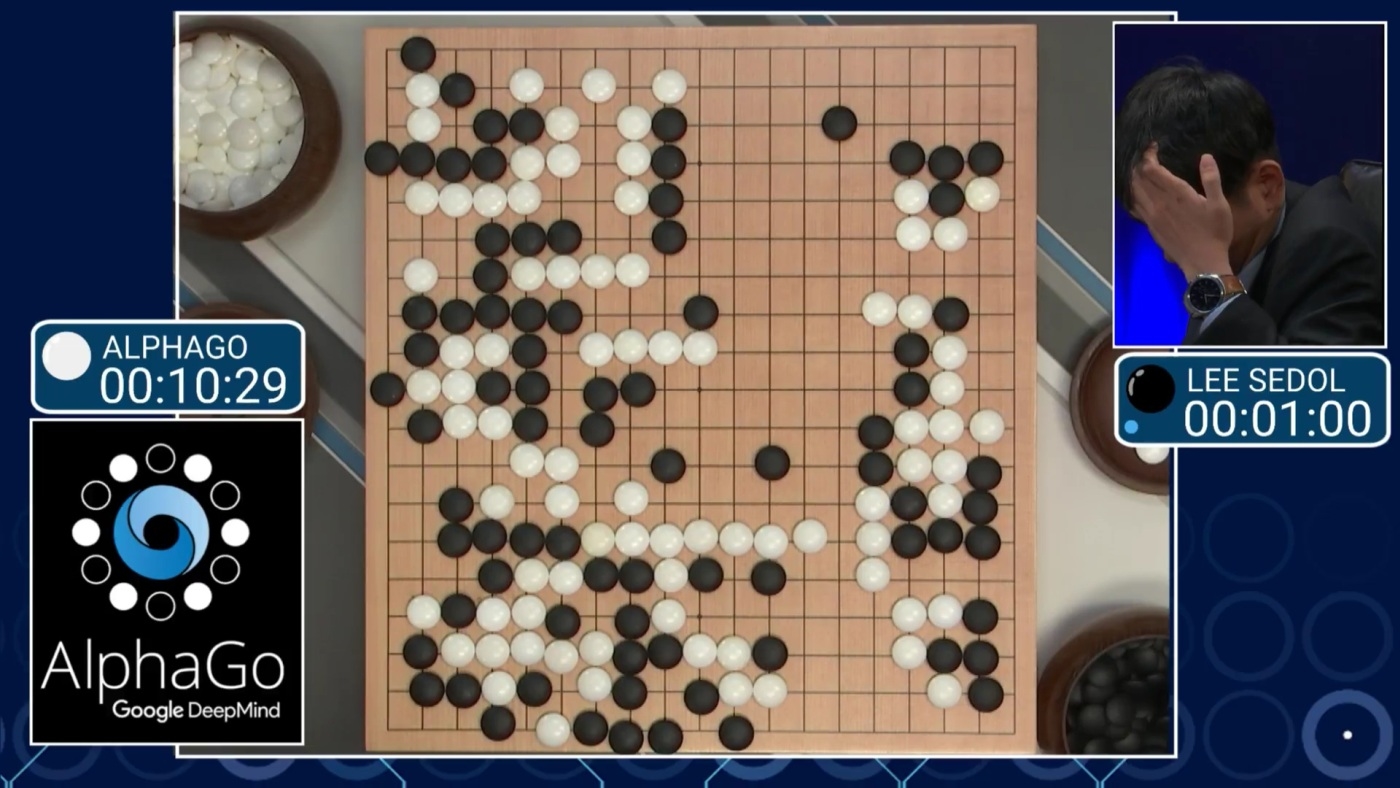
Lee Sedol VS Google DeepMind AlphaGo, 2017 (deep learning)
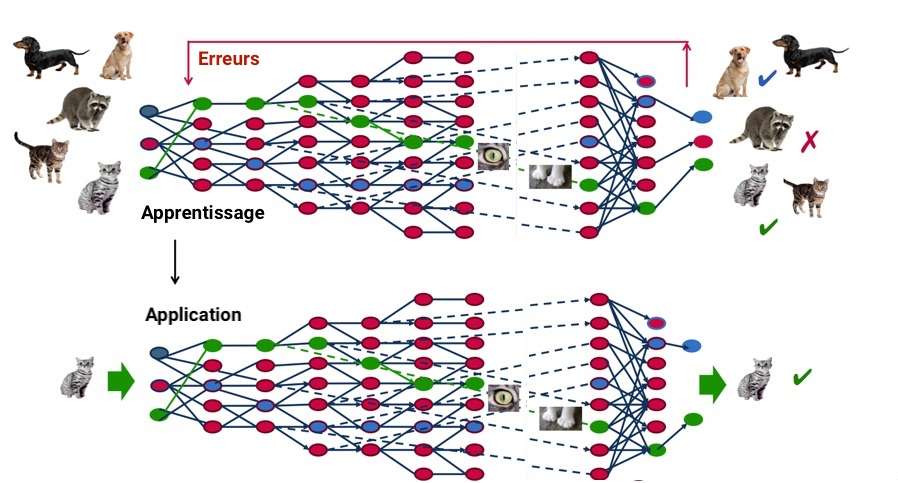
How deep learning works
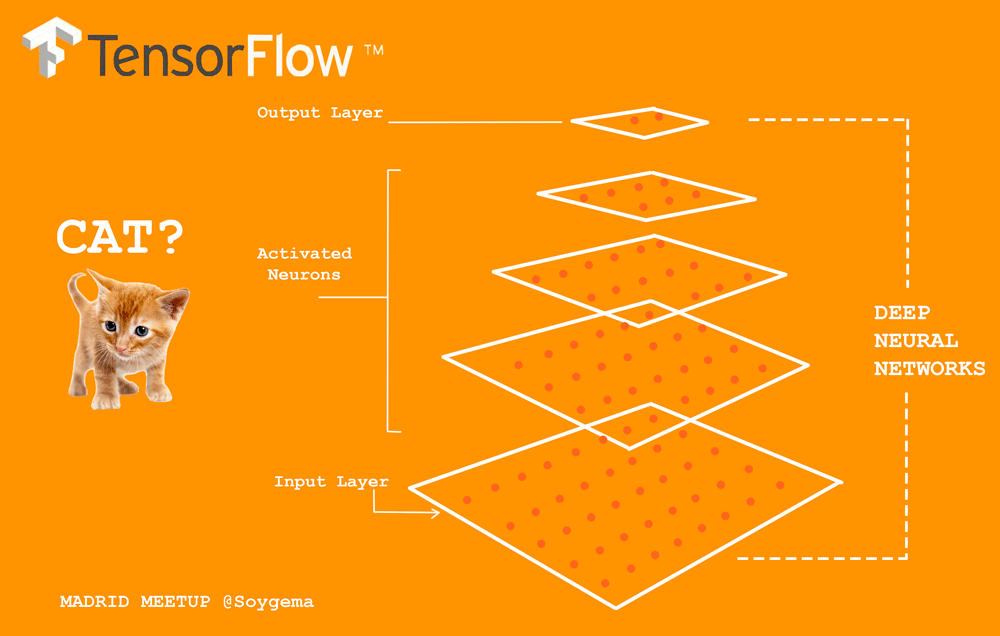
Gema Parreño, “TensorFlow Introduction,” avril 2016
2.2 —
The age of black boxes
“It is natural that we should wish to permit every kind of engineering technique to be used in our machines. We also wish to allow the possibility than an engineer or team of engineers may construct a machine which works, but whose manner of operation cannot be satisfactorily described by its constructors because they have applied a method which is largely experimental.”
—Alan Turing, “Computing machinery and intelligence,” 1950
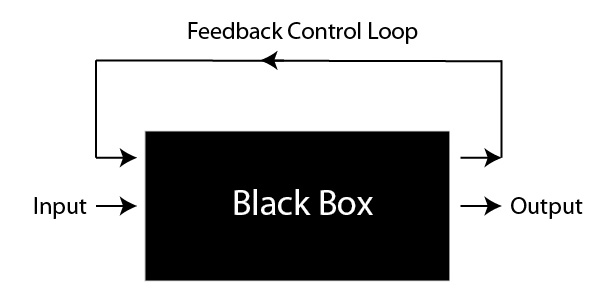
Cybernetic black box (Norbert Wiener)
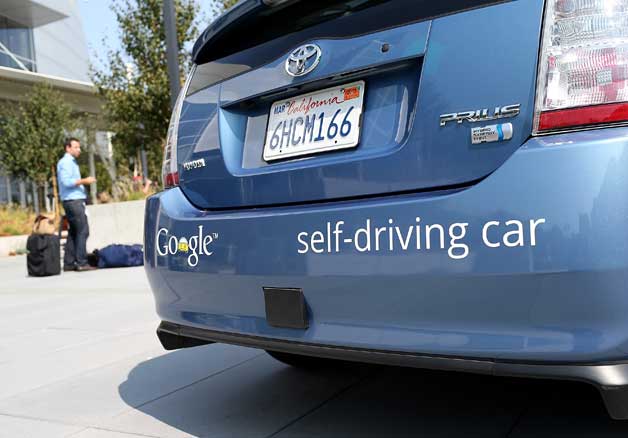
Google, Autonomous car, 2010–

Voice assistants (Amazon Alexa, Google Home, Dis Siri, etc.)
2.3 —
Vilém Flusser,
self-programming of human behaviour
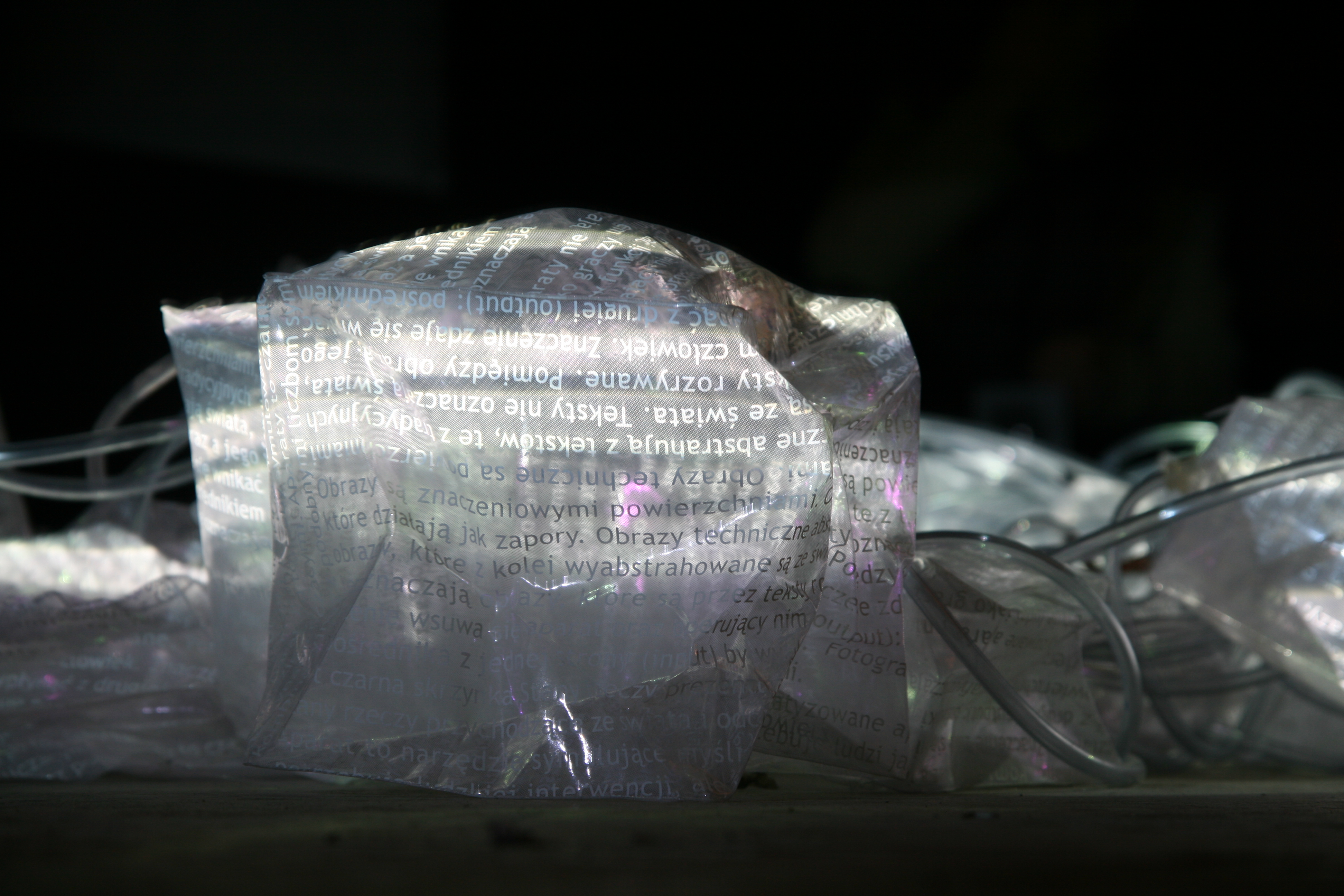
Dorota Walentynowicz, “Black Box,” photo. Sylwia Stańczyk
Performance, exhibition: 2009 Centre for Contemporary Art Łaźnia, Gdańsk/Poland
“The central point of the installation Black Box is, obviously, a black box, the mysterious object, the mediator, inside which invisible processes will take place, similarly as in Flusserian “apparatus”: the meaning seems to penetrate the apparatus from one side (input), just to go out from the other (output), while the very act of going through, the occurrence inside the box remains hidden; the mediator being the black box. The entirely automatic apparatus in Vilém Flusser’s philosophy do not need human intervention, yet for many of them participants are indispensable as players and servants.”
Vilém Flusser, living in programs
- Writing becomes one-dimensional and indecipherable
- Machines will program other machines
- We program ourselves
- Programs challenge old categories of thinking
“Is Artificial Intelligence Permanently Inscrutable?,” Nautilus, 2016
3 —
Design & AI:
critical views
Deep learning black boxes
- What are the consequences of a technical paradigm based on unintelligible?
- What can artists and designers do “with” these technologies?
3.1 —
Towards automated creation?
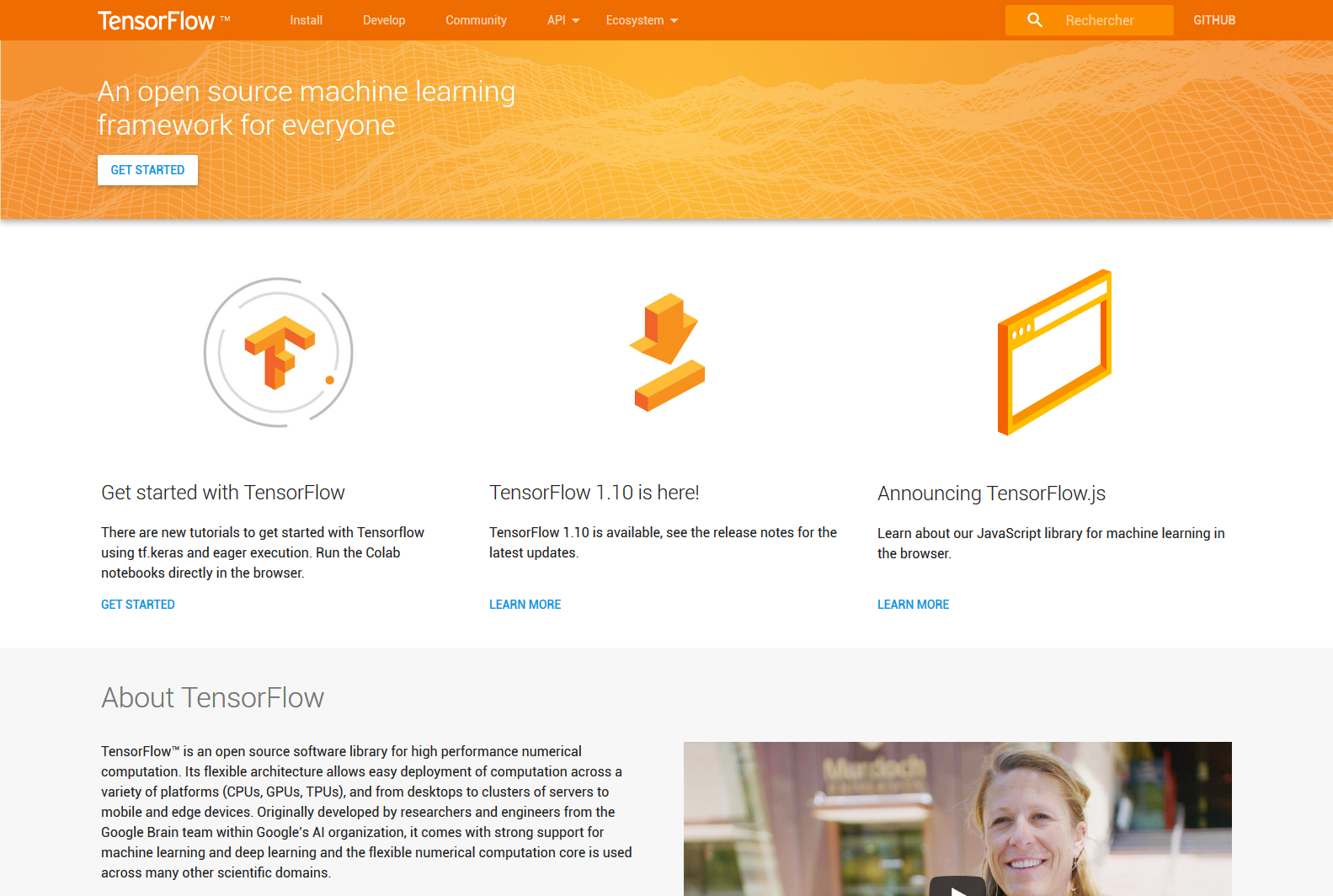
Google, Tensor Flow, 2015–
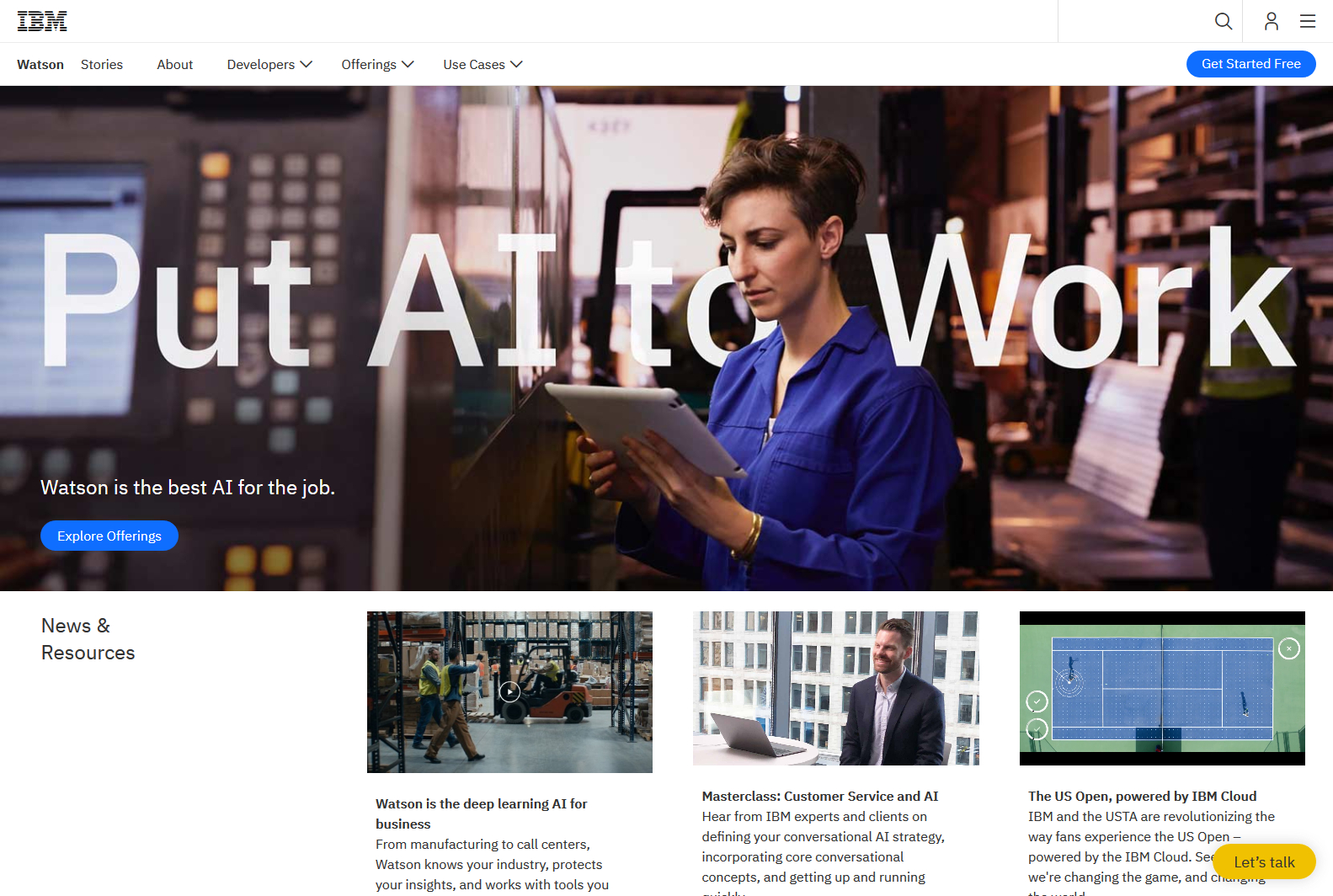
IBM, Watson, 2011–
Adobe Sensei, 2016–
“Autodesk lance (enfin) son logiciel de design génératif,” 2017
TheGrid.io, 2016
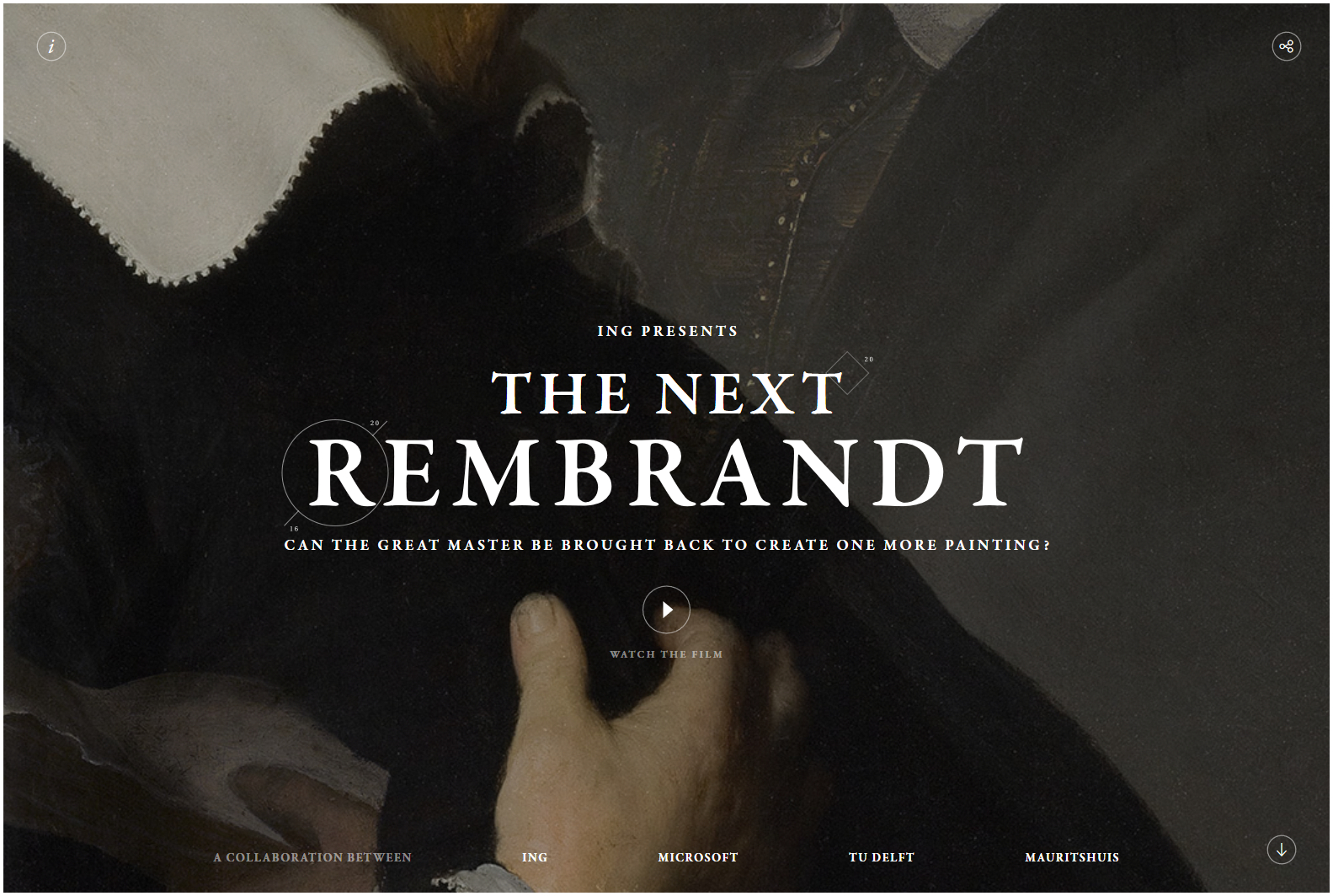
Microsoft, “The Next Rembrandt,” 2018
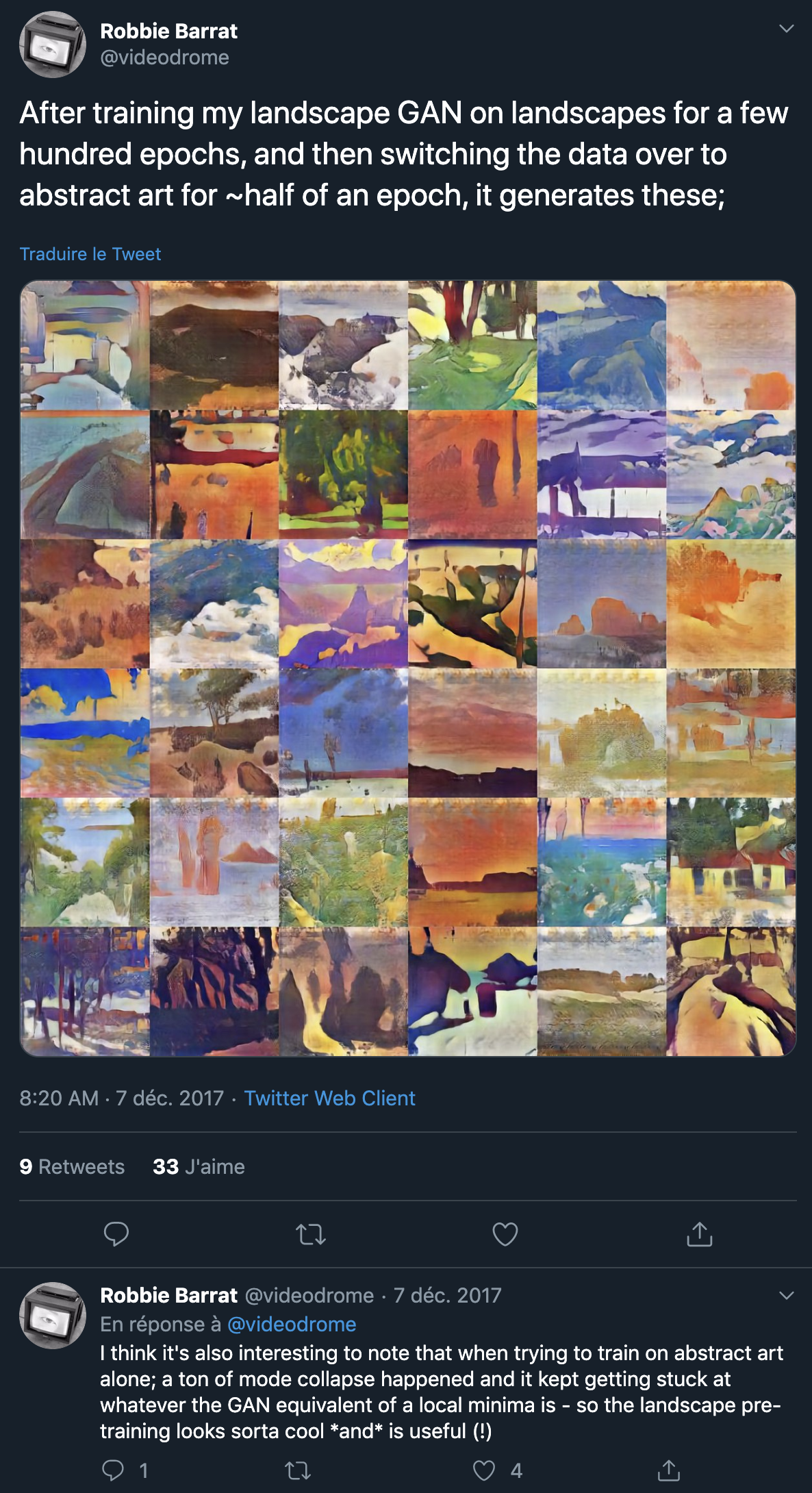
Robbie Barrat, tweet, December 7, 2017
Zalando, Fashion-MNIST dataset (60 000 sprites)
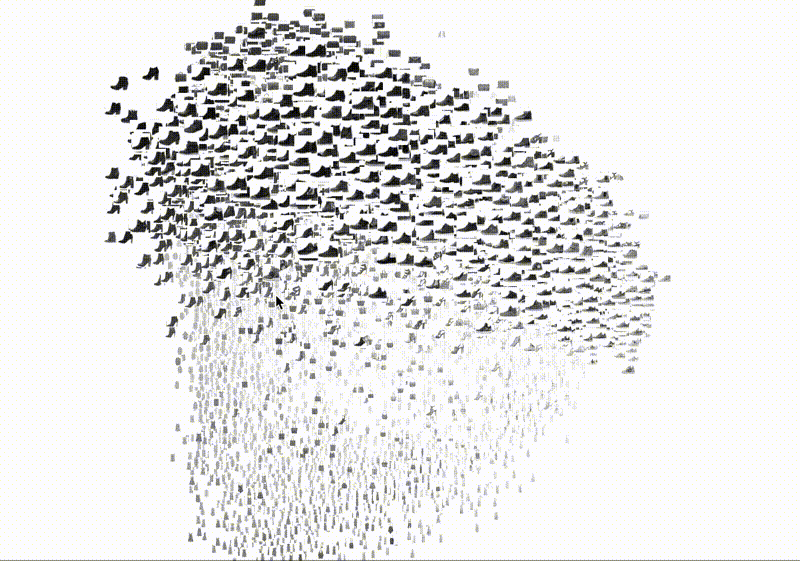
Zalando, Fashion-MNIST dataset (60 000 sprites)
3.2 —
De-automatize
art and design
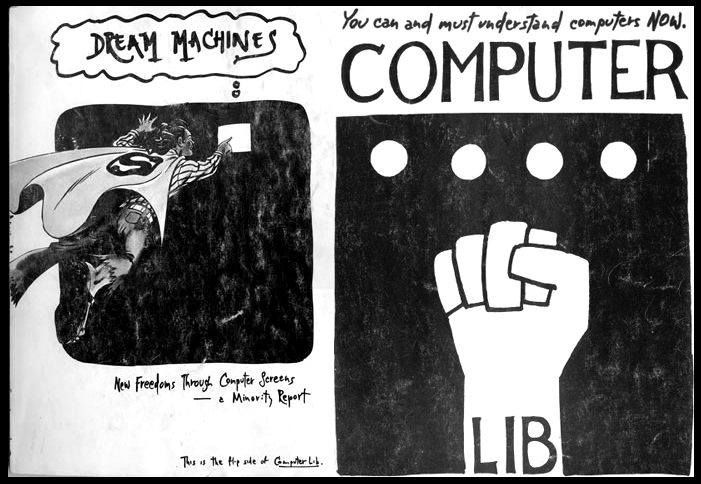
Ted Nelson, Computer Lib / Dream Machines, 1974
Robbie Barrat, “Balenciaga AI,” 2018
Nicolas Maigret, “Predictive Art Bot,” 2017
“Made in Machina/e,” 2018
Studio Moniker, “Conditional Design,” 2008
Studio Moniker, “Repeat After Me. Hommage to the Human Voice,” 2019
3.3 —
Dispelling the illusion of automation
“Through the false promise of emancipation through automation and the threatening spectre of the obsolescence of human labour, digital platforms condemn the growing multitude of click-workers to radical alienation: to work tirelessly towards their own demise by fading behind machines of which they are and will remain the indispensable cogs.”
—Antonio Casilli, En attendant les robots, Paris, Seuil, 2019
Lauren McCarthy, “SOMEONE. Human home intelligence at scale,” 2019
Laurent Huret, “Praying for my Haters,” Paris, Centre Culturel Suisse, 2019
Elisa Giardina Papa, “Labor of Sleep,” Whitney Museum Sunrise/Sunset Commission, 2017
Danielle Child, “Working Aesthetics. Labour, Art and Capitalism,” New York, Bloomsburry, 2019
3.4 —
Confronting bias and discrimination
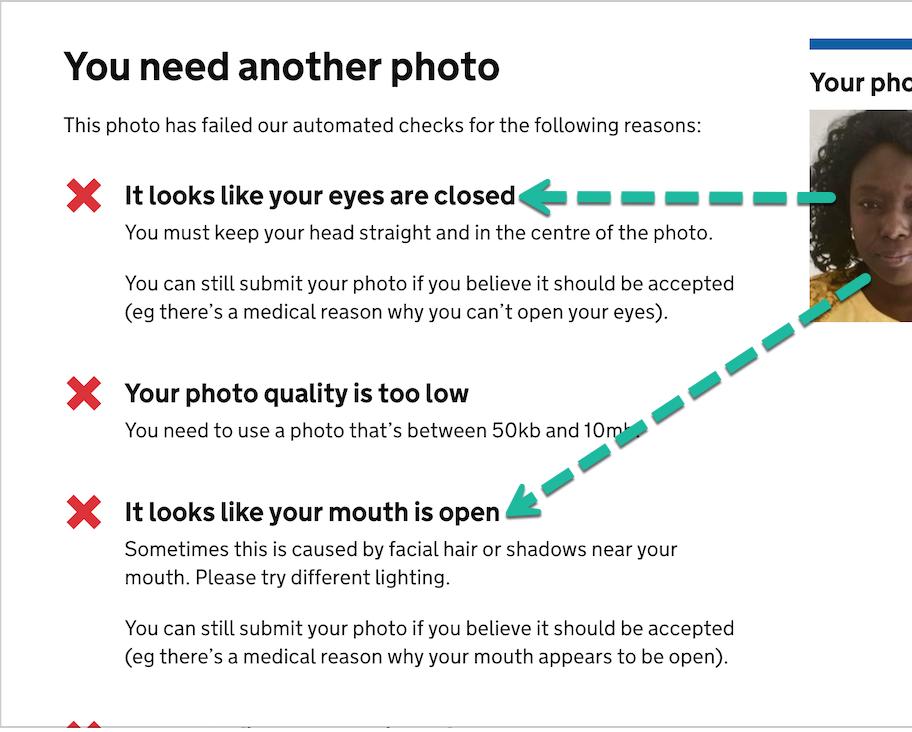
@CatHallam1, tweet, April 6, 2019
“Hey Google, sorry you lost your ethics council, so we made one for you”
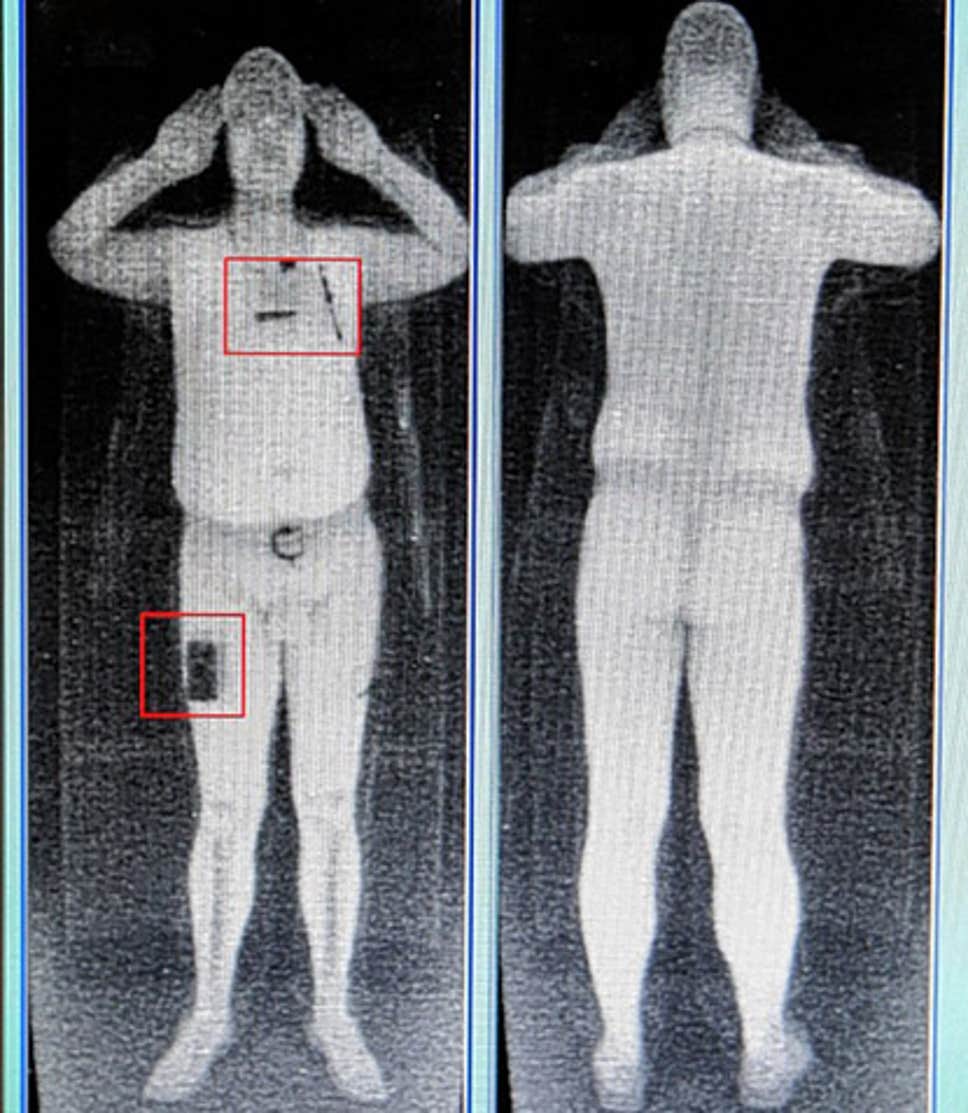
“When Transgender Travelers Walk Into Scanners,
Invasive Searches Sometimes Wait on the Other Side,” ProPublica, August 2019
Marta Revuelta, “AI Facial Profiling, Levels of Paranoia,”
HEAD–Geneva, Master Media Design, photo. Baptiste Coulon, 2018
Studio Moniker, “Do Not Draw a Penis. Automated doodle moderation,” 2019
Jennifer Lyn Morone, “Reclaiming the Corporate Owned Self,” 2017
3.4 —
Thwarting opacity
Daniel Smilkov, Shan Carter, “Deep playground,” 2016
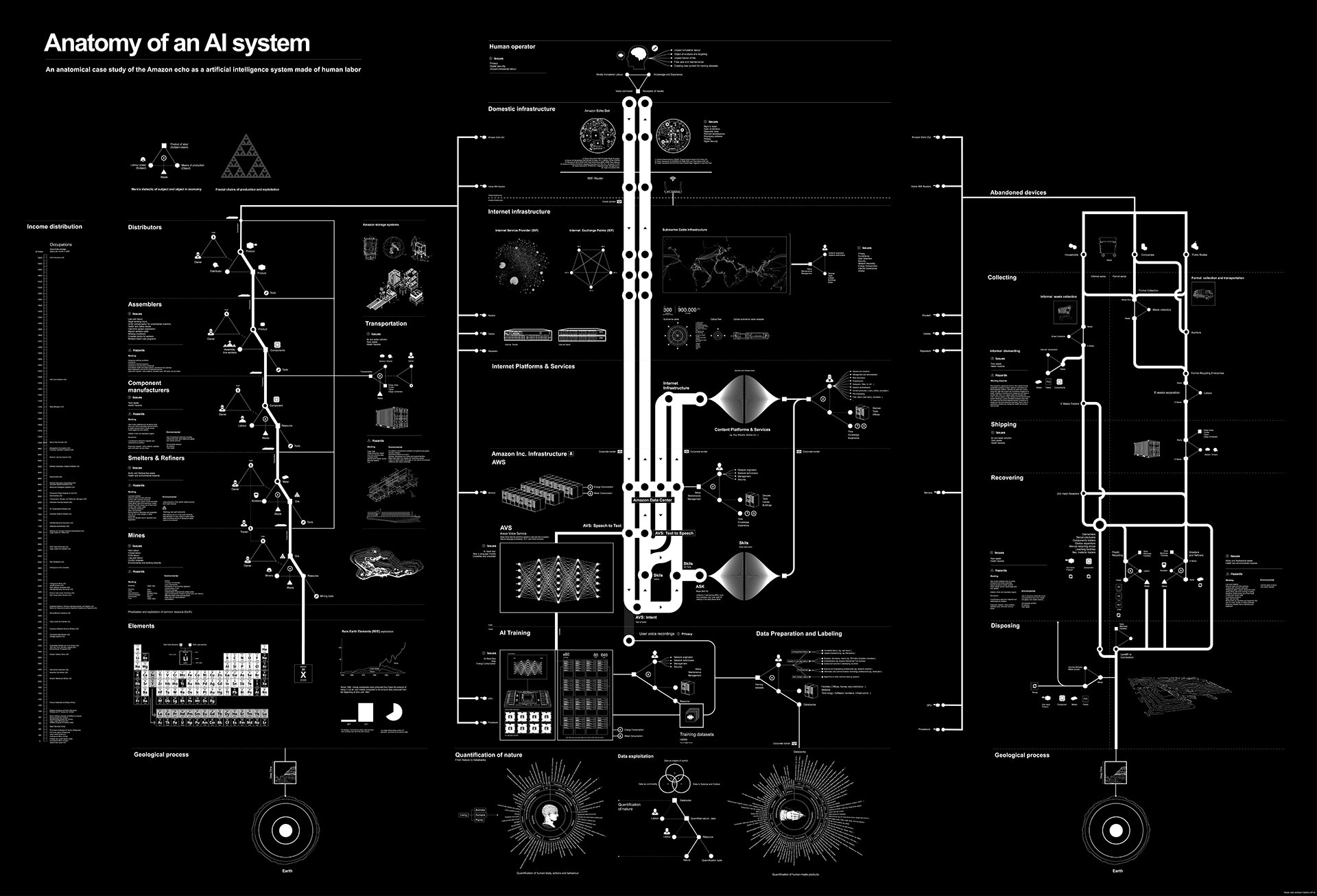
Kate Crawford, Vladan Joler, “Anatomy of an AI System” [Amazon Echo], 2018
Metahaven, Black Transparency. The Right to Know in the Age of Mass Surveillance, 2015

Alistair McClymont, John Fass, “Of Machines Learning to See Lemon,” 2018
“This invisible classification process is usually intended to produce automated decisions, which can have profound consequences for individual and collective freedom. The possible benefits of machine learning are many, but we run the risk of developing technologies of such complexity that our abilities to shape them to serve the common good are severely limited.”
—Alistair McClymont, John Fass, “Of Machines Learning to See Lemon,” 2018
3.5 —
Overcoming human/machine opposition
Raphaël Bastide, “Twins,” performance, 2016
James Bridle (lead), exhibition “Through Other Eyes,” Chypre, Limassol, NeMe Art Centre, 2019
Vilém Flusser & Louis Bec, Vampyroteuthis infernalis [1981–1987]
Q & A
- Is it sustainable to see learning as “training” (animals or children metaphors)?
- Can deep learning AIs really be invested by designers, or are they condemned to act only at the end of the race? Will art and design become a playground for engineers?
- Can creation be reduced to behavioural models and statistics? Does reproduction paradigm make AI a new kind of “academic art?”
- Haven't fantasies about deep learning overshadowed the diversity of programs?
AnthonyMasure.com
—
Slides powered with Reveal.js, MIT License
—
Typefaces: Gimlet Variable & Gimlet X-Ray
David Jonathan Ross, Font of the Month Club, January 2020
—
Texts licenses: CC BY–SA
—